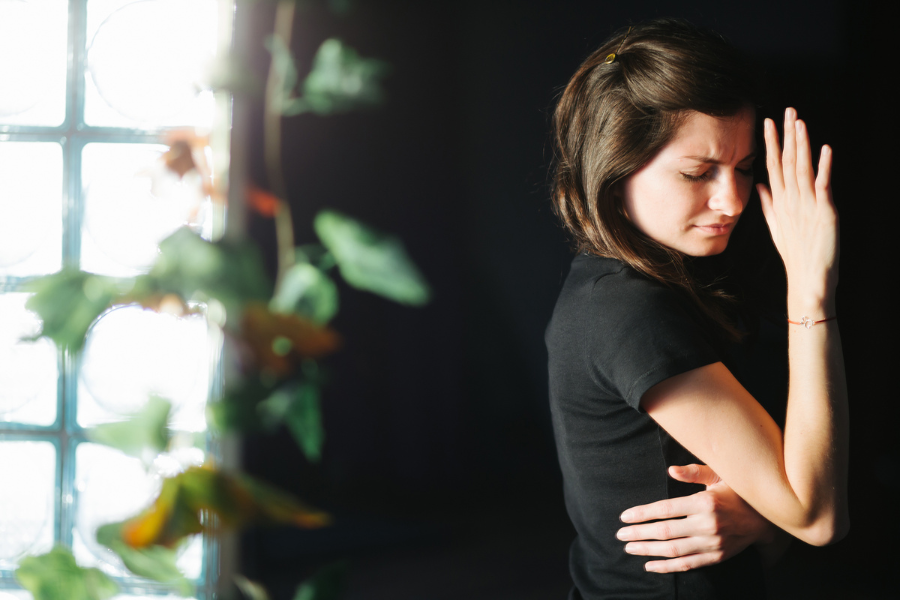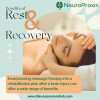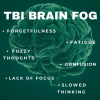Photophobia is a symptom of an underlying condition or disease that causes an individual to become extremely sensitive to light. It has been reported by patients who have being diagnosed with a traumatic brain injury (TBI), meningitis, a tumor in the pituitary gland, and multiple other conditions. It is the second most common symptom, after headaches, that are reported by individuals who have experienced a traumatic brain injury or a post-concussion syndrome. The type of lighting that is intolerable ranges from case to case. Some people may be sensitive to all types of lighting, while others may be affected by outdoor lighting or fluorescent lighting. It can be a debilitating symptom to experience that results in additional side effects such as headaches, eyestrains, eye pain, or visual and mental fatigue. Engaging in social and everyday activities can become be difficult to tolerate with photophobia such as enjoying a sunny day outside with friends, completing work in front of a computer screen your job, or watching movies with family.
Studies have found photophobia to have a close relationship to headaches and is also a symptom for individuals who suffer from migraines. That being said, a contributing factor in developing photophobia could be due to the comorbidity of headache and migraine symptoms after a TBI. Photophobia can last from a few weeks to a few months, and indefinitely for other cases. After an acute TBI, there is an increased sensitivity to light in the subacute period (about 7-19 days) and although many individuals with a mild brain injury can recover in about six months, those who experience a post-concussive syndrome can continue to exhibit symptoms for a longer period.
Below are a list of strategies and treatments for photophobia:
| Strategies | Treatments |
Note: Ask a medical professional for advice – avoiding light for a prolonged period may increase sensitivity to light |
|
References
McElhaney, R. (2017). Photophobia and traumatic brain injury. Tennessee Injury Resrouce Center. https://www.tninjuryresourcecenter.com/2017/09/29/photophobia-traumatic-brain-injury/
Wu, Y., & Hallett, M. (2017). Photophobia in neurologic disorders. Translational neurodegeneration, 6, 26. https://doi.org/10.1186/s40035-017-0095-3
Digre, K. B., & Brennan, K. C. (2012). Shedding light on photophobia. Journal of neuro-ophthalmology : the official journal of the North American Neuro-Ophthalmology Society, 32(1), 68–81. https://doi.org/10.1097/WNO.0b013e3182474548
FlintRehab. (2020). Light sensitivity after head injury: 5 effective ways to overcome photophobia. FlintRehab. https://www.flintrehab.com/light-sensitivity-after-head-injury/



